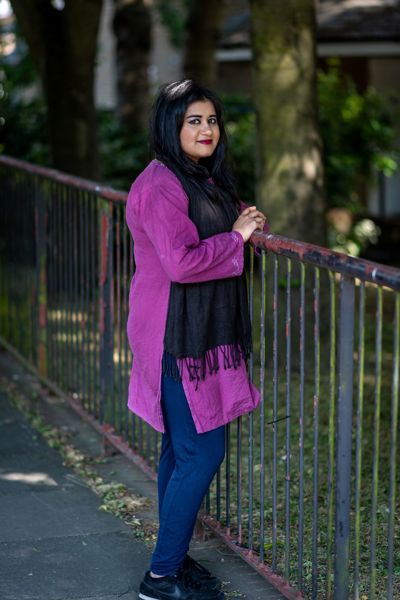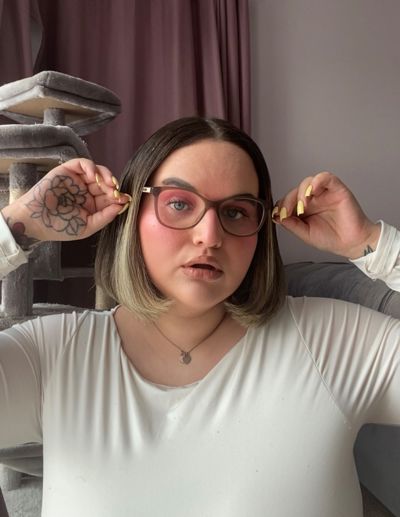“Glimmers of hope” – Jessie’s story
03/02/2025
Jessie started experiencing mental health difficulties during secondary school. After multiple hospital admissions and suicide attempts, she has finally found hope.
I’ve been struggling with my mental health for the past four years. Over those years I’ve seen many mental health professionals, tried multiple medications and have received different diagnoses. I want to share my story in the hopes that another person can read it and believe that there is hope for them, no matter how hard things are.
I remember feeling anxious and different from my friends since I was in primary school. When I was in year six, COVID-19 hit and we went into lockdown. Everything felt like it was out of my control and I was terrified of me or my family catching COVID-19.
I started secondary school and struggled a lot with anxiety, school avoidance and suicidal thoughts. When I was in year eight, I started seeing CAMHS (Child and Adolescent Mental Health Service) and got put on an antidepressant. I was diagnosed with ASD (autism spectrum disorder) and it was life changing. My new psychiatrist helped me realise that I’d been masking my autism my whole life and experiencing autistic burnout.
-
Recovery isn’t easy and it doesn’t happen in a straight line
Throughout secondary school, my mental health started impacting me more severely and I only went to school for one hour a day. My school did their best to help me but I couldn’t cope in that environment. During this time, I was still seeing CAMHS but found it difficult to engage with the support. By the end of secondary school, I made my first suicide attempt. My school decided they couldn’t support me or keep me safe there, so I was removed from school.
I felt hopeless, like I had nothing anymore, and tried to take my life multiple times. Eventually, I was under CAMHS, tier four, which gave me intensive support. I was discharged after three months and thought this meant I should be better, but deep down I knew this wasn’t true. I found things really hard, even with a lot of support around me.
I began making more attempts to take my life and it was decided that I wasn’t safe in the community anymore. I was placed on a section two for my safety and spent six weeks in an inpatient unit.
In inpatient care, I struggled more than ever. I felt like I was going to be stuck there forever. I couldn’t believe how things had gotten this bad, how this happened. I felt lost and confused. I wanted to just give up, I didn’t want to try anymore.
-
Hope changed my life and gave me another chance when I thought I had nothing left
My younger sister came to visit me and she started to cry. She said she was terrified of losing me. I didn’t realise the effect my mental health had on the people around me. This changed everything because I realised this isn’t how I want to spend my life. I didn’t want to just give in to my illness. I decided I was ready to fight it. I knew I could never go back there.
Recovery isn’t easy and it doesn’t happen in a straight line. It’s hard, it can feel like whatever you do isn’t enough. I didn’t know where to start. I wanted to be better straight away and it was hard to accept that that isn’t how mental illness works.
My therapist told me to look for the little things. The glimmers of hope because it is all around. I started to notice the things I did have instead of what I didn’t. I don’t want to be in and out of hospitals. I want to get a job, I want to start a family, I want to change the mental health system. I want to show people struggling that there is hope for them.
There is so much hope out there in the world. Hope got me through the hard times. But I’m not ‘fixed’. I still struggle. I take medication and go to therapy. But hope changed my life and gave me another chance when I thought I had nothing left. Hope is for everyone. I have hope in you.



